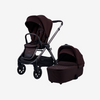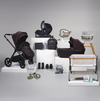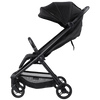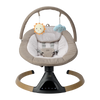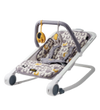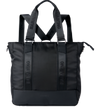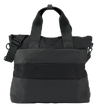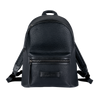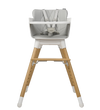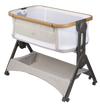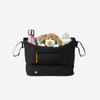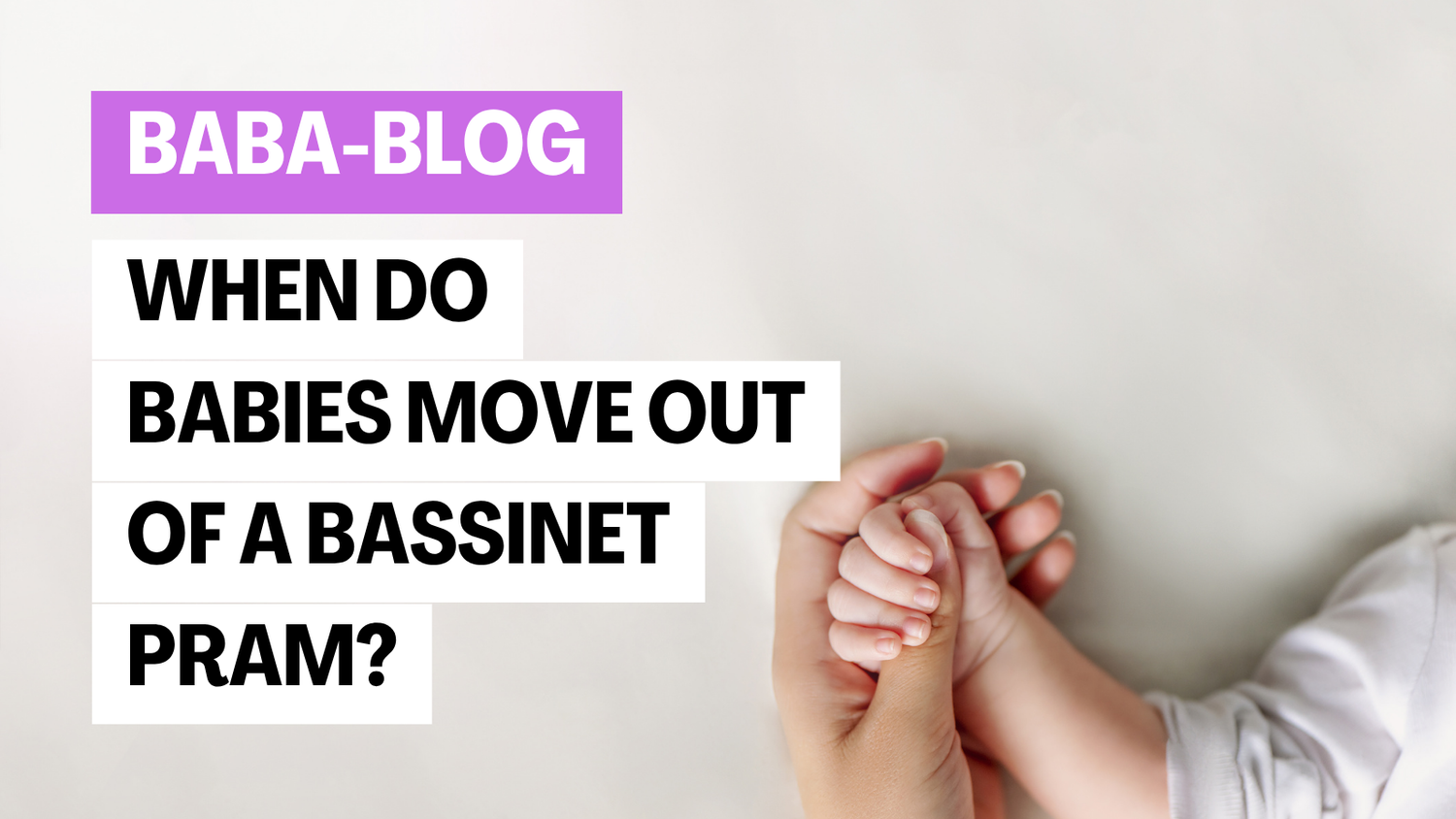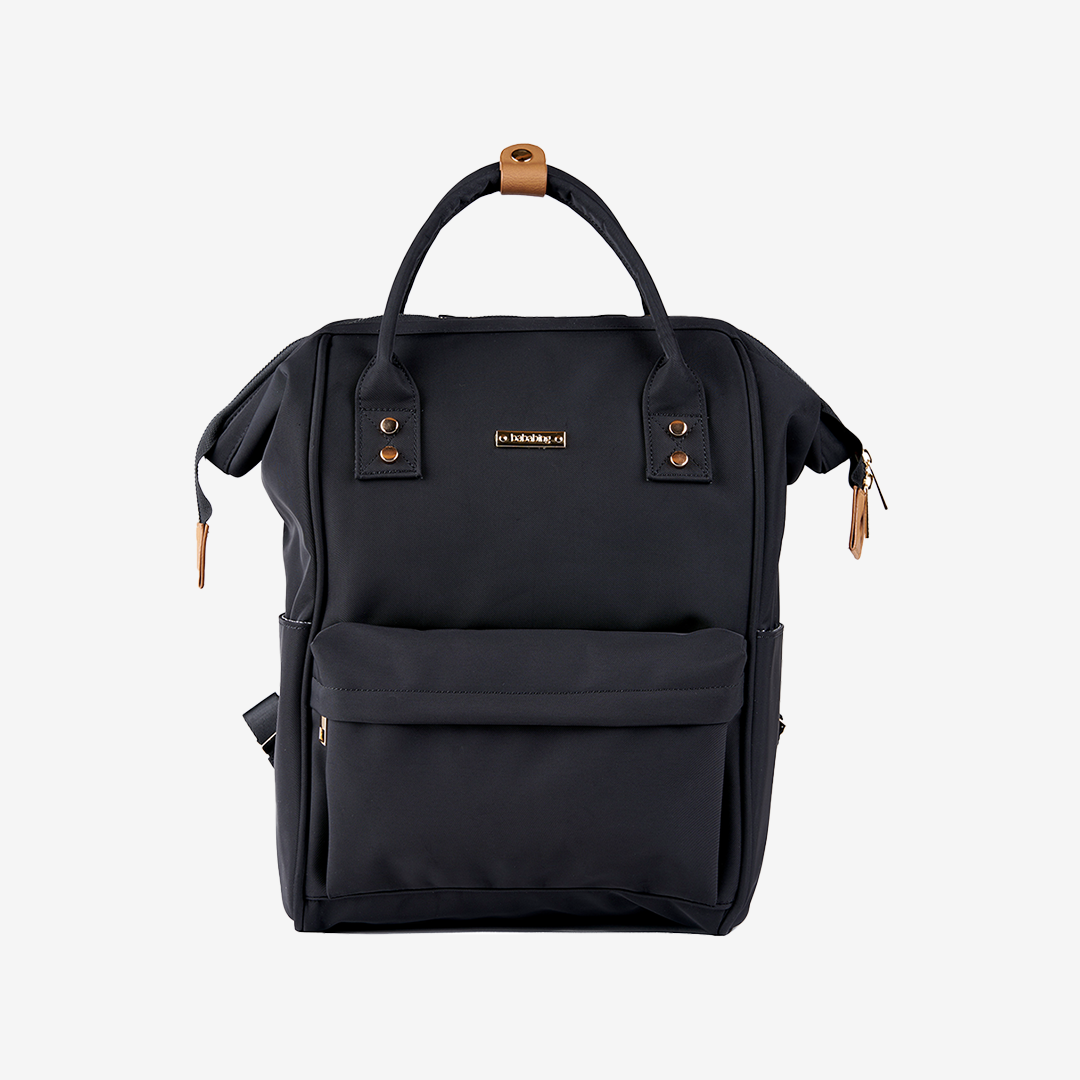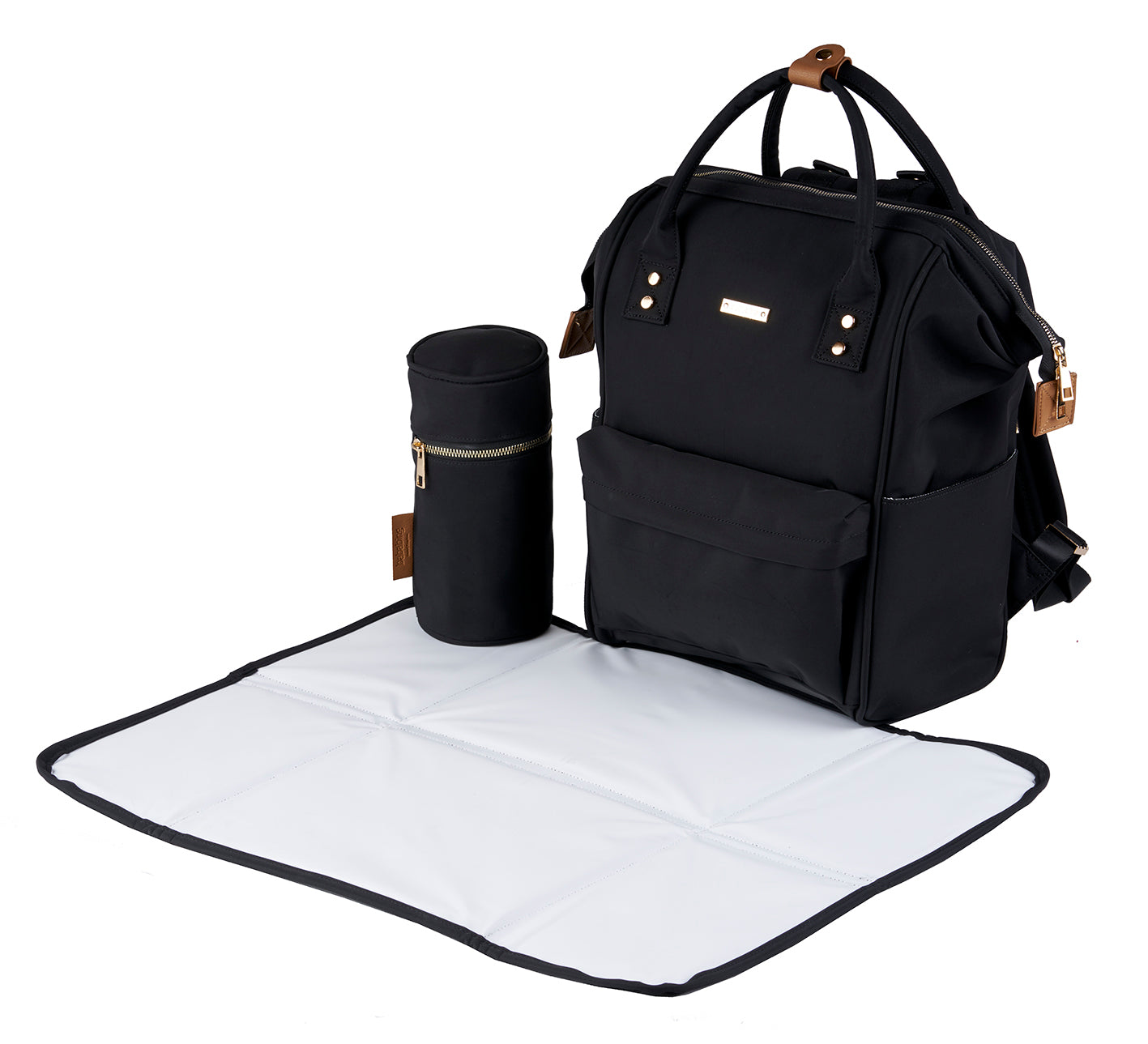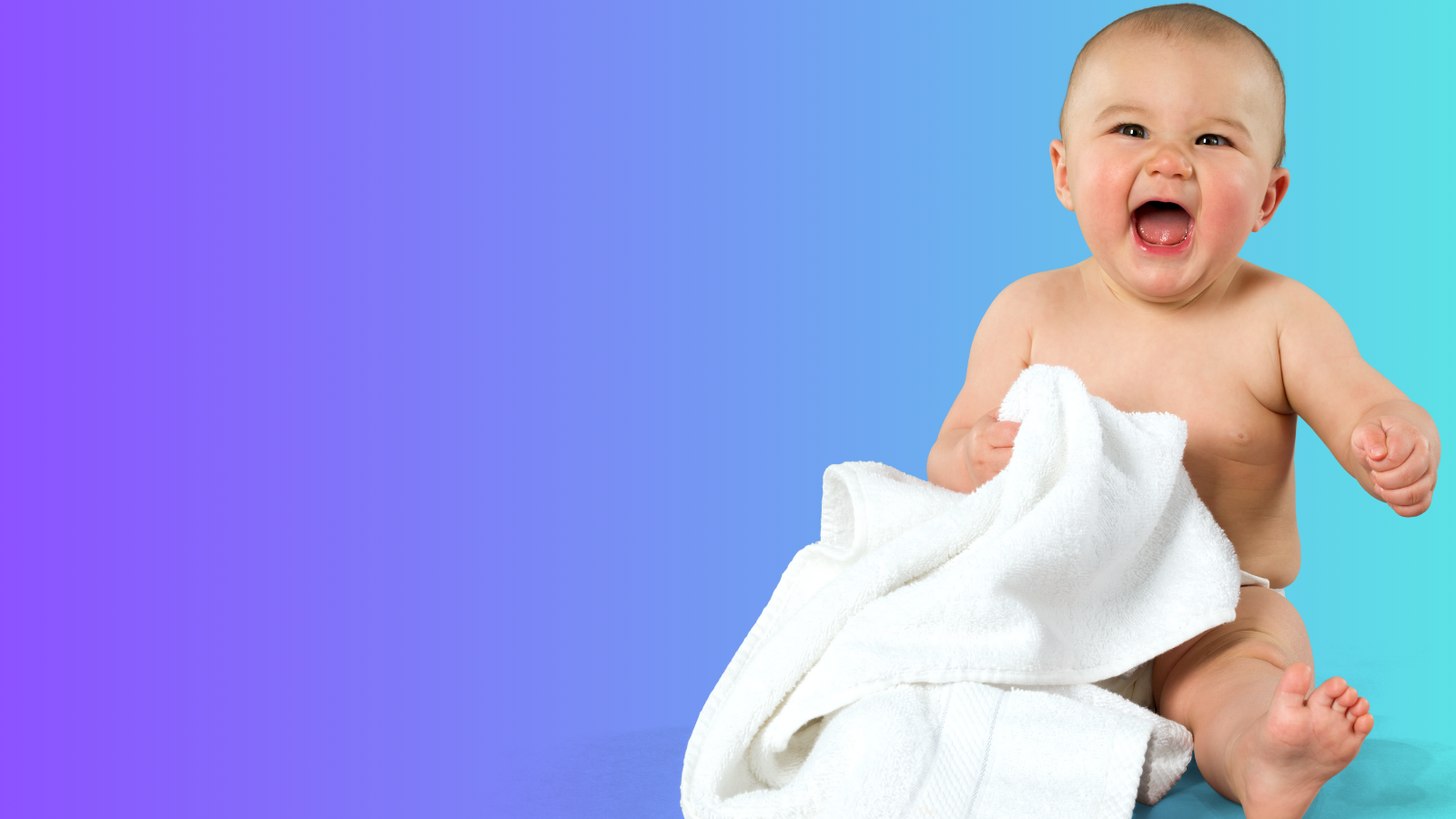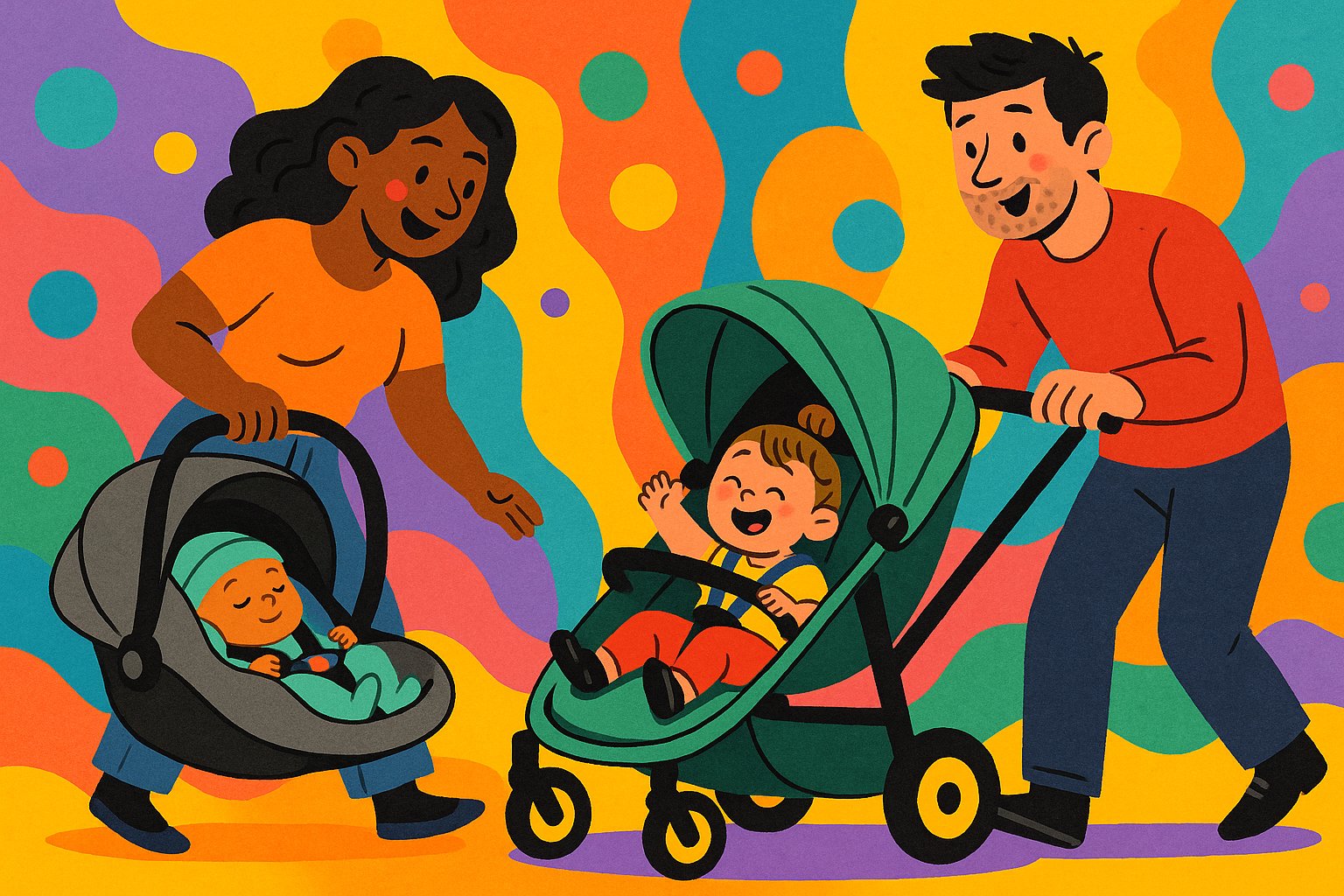Quick Guide >
When Do Babies Move Out of Bassinet Pram? Signs & Safety
If you’ve been wondering when do babies move out of bassinet pram , you’re not alone. It’s one of the most common questions parents have in the early months, especially as their little one starts to grow, move more, and become curious about the world.
The bassinet pram is a safe, snug, and flat space for newborns, but it’s only designed for the earliest stage of life. At some point, your baby will be ready for the pram seat — which offers a more upright position and a better view of the surroundings.
This guide covers:
The typical timeline for the switch.
Signs your baby is ready to move out of the bassinet pram.
Safety checks and how to make the transition smooth.
🍼 What Does “Moving Out of Bassinet Pram” Mean?
Before we look at exactly when do babies move out of bassinet pram , let’s define what this change involves.
A bassinet pram is the flat, enclosed section of your stroller, designed to support newborns in a fully reclined position. This flat position supports healthy spine development, promotes better breathing, and allows newborns to sleep safely while you’re out and about.
Moving out of the bassinet pram means replacing that carrycot with the pram seat — an upright or semi-reclined seat that lets your baby see and interact with their surroundings. This shift is a developmental milestone, and the timing depends on a mix of age, physical ability, and comfort.
⏳ When Do Babies Usually Move Out of Bassinet Pram?
There’s no single date for when do babies move out of bassinet pram , but the general age range is between 4 and 6 months .
However, age alone isn’t enough. The best timing depends on readiness signs , which are more important than the number of weeks old your baby is.
Most babies are ready to switch when they:
Can hold their head up without support.
Have started rolling over or trying to sit.
Look cramped in the bassinet.
Some babies might move earlier if they’re physically advanced, while others — especially premature babies — might need longer in the bassinet.
👶 Signs Your Baby Is Ready for the Pram Seat
Knowing when do babies move out of bassinet pram means looking for these clear readiness signs.
Good Head and Neck Control
This is the most important sign. Your baby should be able to hold their head steady without wobbling. Pram seats, even when reclined, put more strain on neck muscles than a flat bassinet.
Rolling Over or Trying to Sit Up
If your baby starts rolling in the bassinet or pushing up on their arms, they’re showing strength and curiosity — two big indicators that it’s time to switch.
Looks Cramped in the Bassinet
If your baby’s feet or head are touching the ends of the bassinet or they seem unable to stretch out, it’s a clear sign the space is too small.
Increased Curiosity About the World
Babies who are lifting their heads often, following sounds, and trying to look around will enjoy the new view from a pram seat.
⚠️ Safety Checks Before Switching to Pram Seat
No matter when do babies move out of bassinet pram , safety comes first.
Quick safety checklist:
Check weight/height limits for both bassinet and seat in your pram’s manual.
Ensure the seat has a full recline for younger babies.
Use the harness at all times.
Recline the seat fully during naps to protect the airway.
If you can tick all these boxes and your baby shows the readiness signs, you can feel confident about making the move.
✅ How to Transition from Bassinet to Pram Seat Smoothly
When you’ve decided when do babies move out of bassinet pram in your baby’s case, making the switch gradually helps them adjust.
Start with Short Rides
Begin with quick, familiar walks. This eases your baby into the new position without overwhelming them.
Use a Fully Reclined Position First
Even if your baby has strong head control, starting with a full or near-full recline offers extra support.
Keep Baby Comfortable and Supported
Check straps, add a pram liner if needed, and dress your baby for the weather. A snug, happy baby will settle in much faster.
@bababing_world It’s giving main character energy 👶 #travelsystem #bababing #raffi #bababingpushchair #hotmomwalk #testdrive #2025mamas ♬ original sound - Bababing!
📅 Age and Developmental Milestones Checklist
If you’re unsure when do babies move out of bassinet pram , use this list as a guide:
✅ Between 4–6 months old (or as per pram guidelines).
✅ Holds head and neck steady.
✅ Rolls over or can push up during tummy time.
✅ Bassinet space feels cramped.
✅ Shows interest in sitting more upright.
❓ FAQ: Moving Baby from Bassinet to Pram Seat
Can I switch earlier than 4 months?
Only if your baby has strong head and neck control and the pram seat reclines fully.
What if my baby still naps in the pram?
Always recline fully for naps until your baby is older than 6 months.
Do all prams have a bassinet stage?
Not necessarily — some start with a seat that’s newborn-safe if it fully reclines. In these cases, when do babies move out of bassinet pram will vary.
📌 Key Takeaways for Parents
There’s no exact age for when do babies move out of bassinet pram , but most babies are ready between 4 and 6 months when they have strong head control, can roll over, and no longer fit comfortably in the bassinet.
Always follow the manufacturer’s guidance, look for readiness signs, and make the switch gradually. By focusing on safety and your baby’s comfort, you’ll make this milestone a positive step in your baby’s development.
Most babies move out of the bassinet pram between 4–6 months
Strong head and neck control is the main sign they’re ready
Other readiness signs include rolling over, pushing up, or looking cramped
Always check pram manufacturer guidelines for weight, height, and seat recline
Make the switch gradually to keep your baby safe, comfortable, and happy
Q: Who is behind BabaBing?
A: BabaBing was founded by real parents who wanted baby products that actually worked. Our designs come from experience — not guesswork — so every item we create is practical, stylish, and built for real family life. 20 years in business supplying real parents with real products that don't require a second mortgage.
Q: Are BabaBing products safe and tested?
A: Yes, absolutely. All our products are rigorously safety tested and meet UK and EU standards. From baby bouncers to changing bags, safety and quality are always our top priorities.
Q: What makes BabaBing different?
A: We’re not just a baby brand — we’re a parent-powered company. That means we design with common sense, comfort, and convenience in mind. No gimmicks. No fluff. Just clever kit for real families.
Q: Do you have happy customers?
A: Yes! We’re proud of our 5-star reviews and loyal community of parents. Whether it's on Feefo, social media, or direct feedback, real families trust BabaBing to make their lives easier.
Q: Where are you based?
A: We're a UK-based brand, proudly designing all our products here. Our team combines design know-how with hands-on parenting experience to bring you gear that just works.

